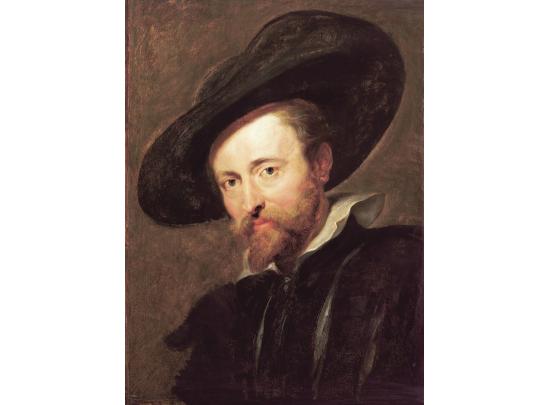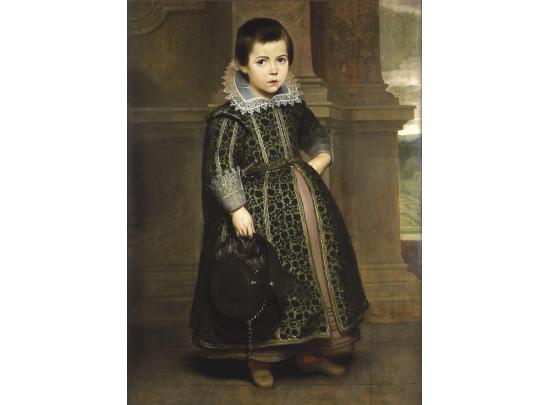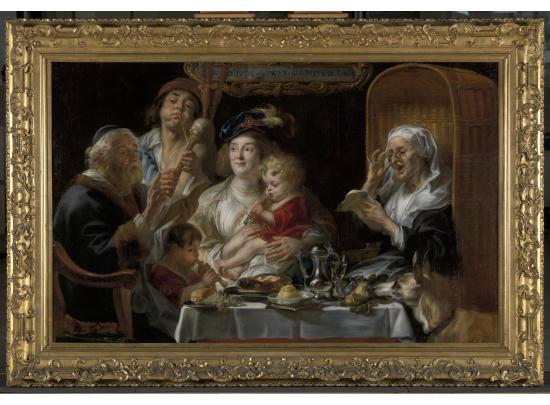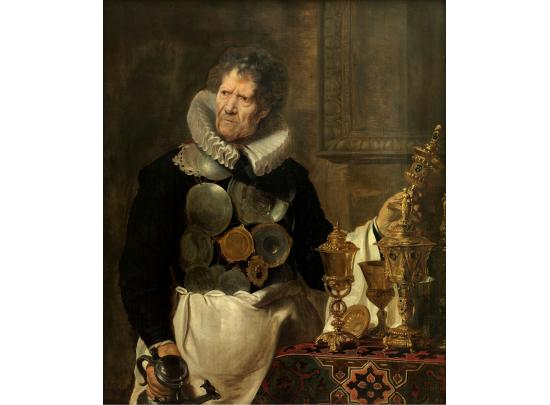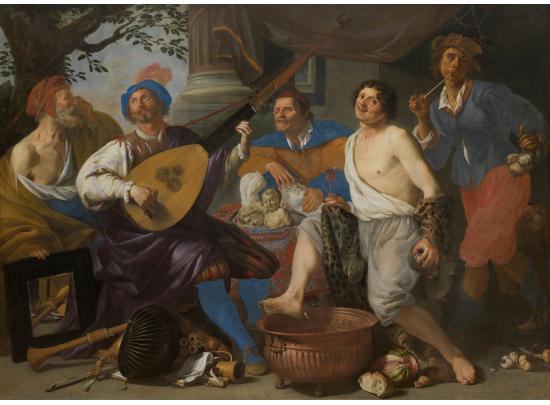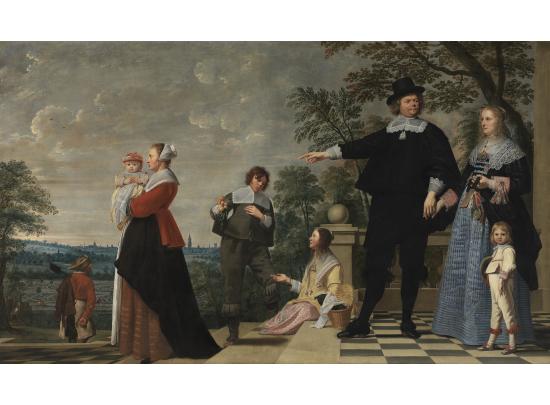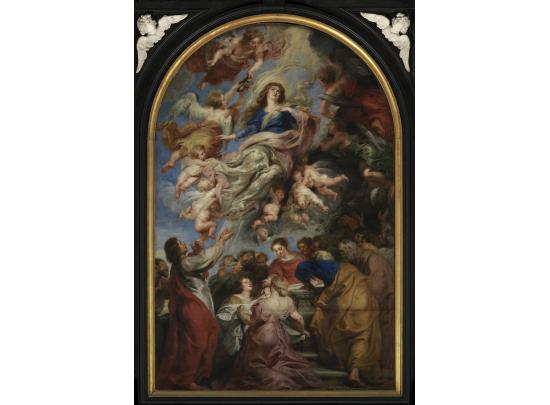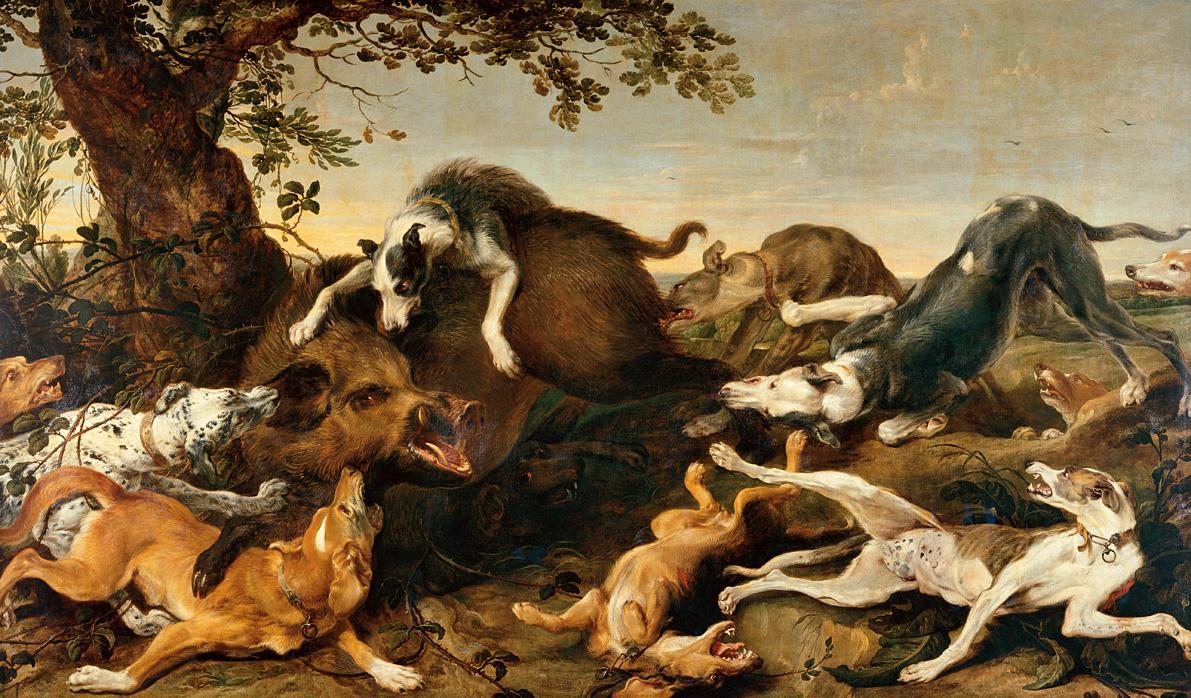Baroque
In the early 18th Century, the term "Baroque" describes the exuberance of a raw, irregularly formed pearl. From there, one used it to describe the ideological imagery, of which catered to the princely absolutism, the Counter-Reformation and bourgeois moralism. This imagery is seen in the painting and sculptural art, in the architecture, in music and literature. A strong pervading illusionism, stateliness and abundance needed to convince the viewer of an internal message. The Baroque aspired to a power of persuasion of its own against the rationalism of the Renaissance. The representation of emotions is no longer a taboo: realism makes its entrance and shall serve as a counterpoint to the traditionally venerated theory of art.
The term "Baroque" covers a variety of levels and sometimes causes confusion, but is staunchly entrenched in today's parlance. In addition, the boundaries of the Baroque period are also disputed. Artistically speaking, the time period generally begins with the generation of Caravaggio (1571-1610), the brothers Annibale (1560-1609) and Agostino Carracci (1557-1602) and Peter Paul Rubens (1577-1640). Yet also with the religious revolution of the Council of Trent (1545-1563), this could be considered a beginning. In the Southern Low Countries, the Baroque roughly coincides with the historical period between the Fall of Antwerp and the Treaty of Utrecht, when the Spanish territory fell into Austrian hands. This website takes the latter definition into account and deals with artists active between 1585 and 1713.
Nico Van Hout (Royal Museum of Fine Arts, Antwerp)
News and activities
Call for applications Summer Course for the Study of the Arts in Flanders 'The Age of Rubens'
Annually, the Summer Course brings a select group of 18 highly qualified young researchers to Flanders.
Thematic Collection Presentation
SPECIALISATION: Hunting scene and animal painting
The animal painting is a genre that is popular in the late-Middle Ages. The hunt is since antiquity the preferred pastime of the nobility and clergy. They build hunting lodges that are adorned with wall paintings and tapestries dedicated to the iconography of the hunt.

